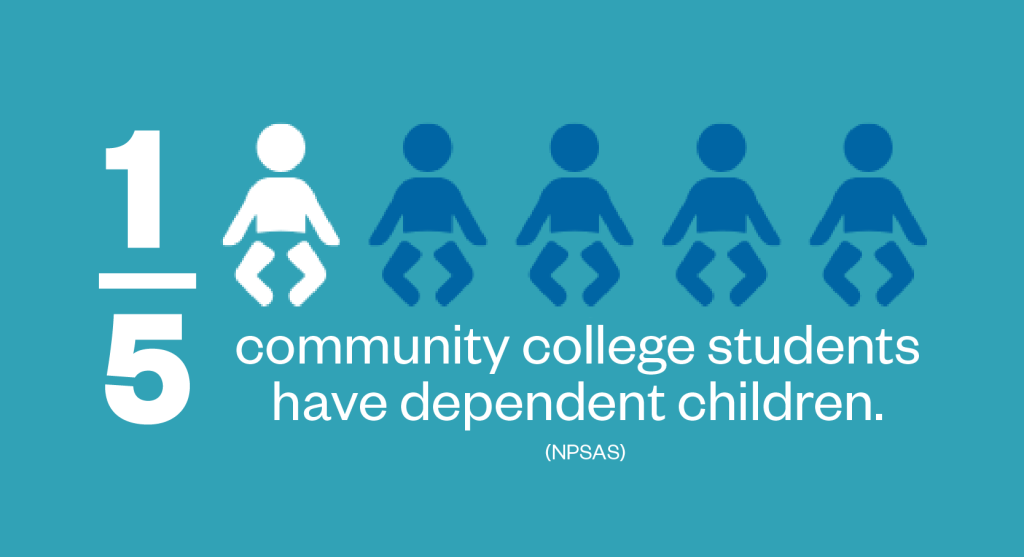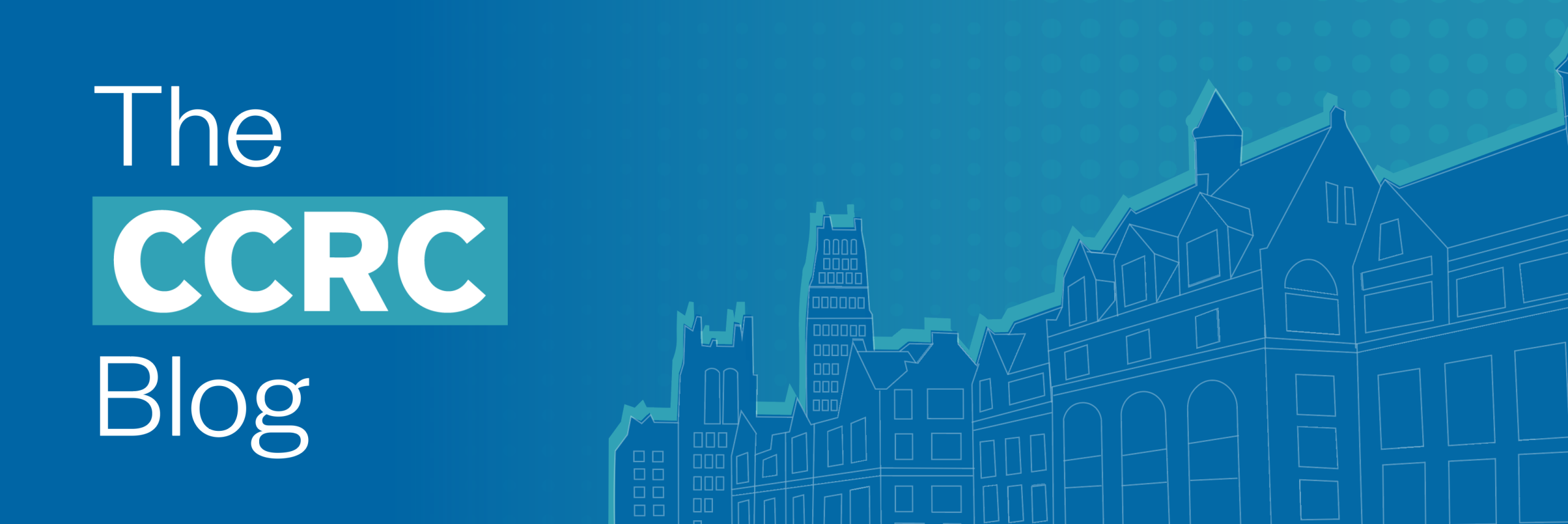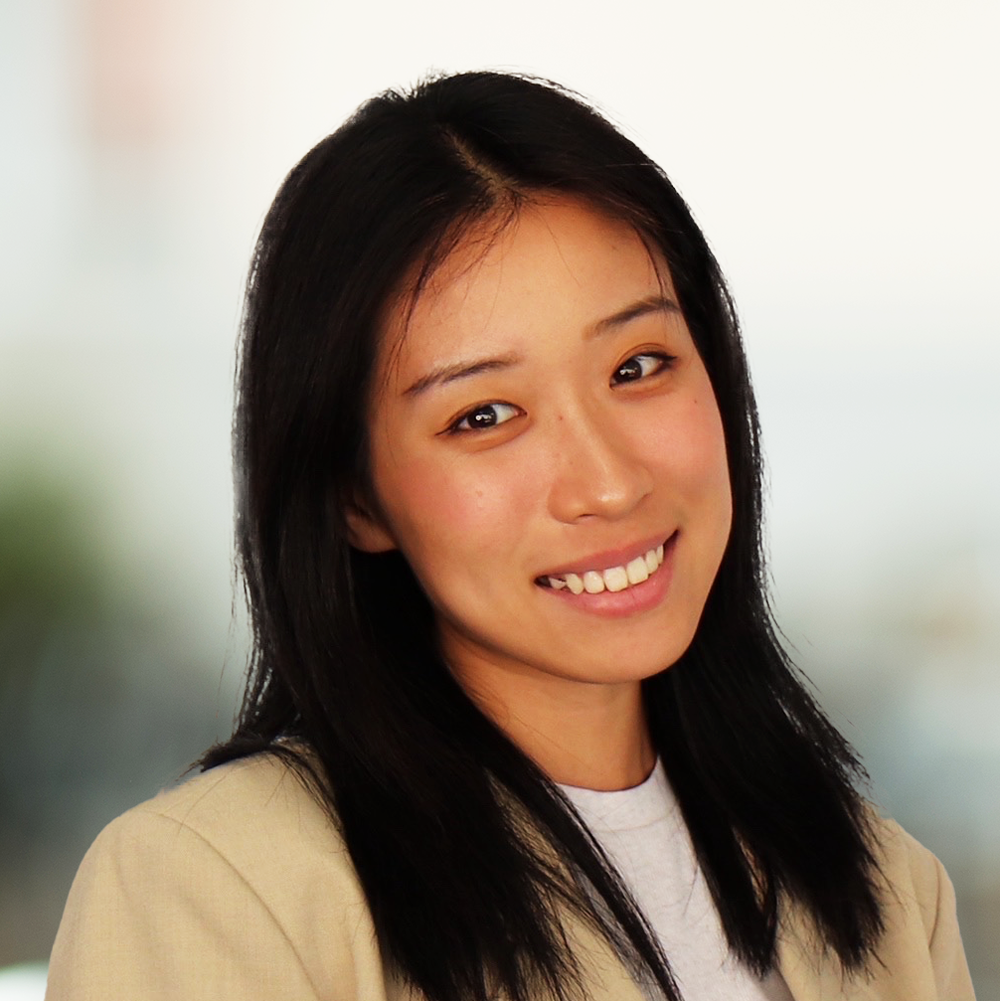There were several factors I considered when I decided to enroll in LaGuardia Community College’s AAS program in paralegal studies. One of the biggest was time. I was juggling multiple jobs to make ends meet and needed to be able to take classes during the limited time windows I had throughout the week. With limited time and limited resources, community college felt like the ideal option because it addressed both challenges with low costs and flexible scheduling.
I’m not alone in facing these challenges. More than two fifths of full-time community college students work, and about one fifth have children.
“Student attention at LaGuardia has always been divided,” said Professor Andrea Irias, who began her education at LaGuardia and now serves as the college’s program director for paralegal studies. “Our students juggle learning a new language, working—sometimes multiple jobs—caring for children or parents, and navigating issues like immigration status, homelessness, and financial insecurity. This has long been true on our campus.”


While community colleges are a popular choice for nontraditional students because of their lower costs, open enrollment, and accessible locations, they continue to evolve through the use of technology and innovative programming to meet the needs of their students.
The pandemic accelerated a shift toward online and hybrid modes of instruction, and for many nontraditional students, these formats—while challenging—have been a lifeline, enabling more on-track graduation. But accessibility alone isn’t enough. As education becomes more digitized, it raises the question of how colleges can design courses that are flexible and accessible—without sacrificing instructional quality or student learning.
To explore this question, I spoke with CCRC researcher Susan Bickerstaff, who studies student success in a period of rapidly evolving online education.
About 57% of community college students now take online courses, and research suggests that taking a couple of online courses can improve graduation rates by making it easier for students to complete degree requirements.
“The data isn’t the same across the board when it comes to these studies,” Bickerstaff cautioned, noting that outcomes vary depending on the student population. Community colleges often serve students with fewer resources and less flexible schedules than those at four-year institutions, which can affect how online learning impacts them. “Online learning can also widen disparities, especially for students with less access to technology or stable study environments,” she said.
Bickerstaff emphasized that the design of online courses matters as much as their availability. Faculty need to create environments where students feel connected to both instructors and peers, and where asking for help is normalized. Strategies such as required early-semester office hour visits, interactive discussions, and regular one-on-one outreach can help break down the isolation many online students feel. She pointed to research at Odessa College by the Postsecondary Teaching with Technology Collaborative, a federally funded research center led by CCRC and SRI Education. Odessa trained all faculty—regardless of course format—to meet institution-wide engagement standards. The strategy helped students to ask for help when they needed it, with the goal of improving course completion rates.
“Hybrid models can also offer the best of both worlds,” Bickerstaff said. “For example, holding three or four in-person sessions per term for activities that can’t be replicated online—such as labs, Socratic discussions, or networking—while keeping lectures and other assignments online can maximize student time and engagement within classrooms.” Flipped classrooms, where students watch lectures independently at home and use in-person time for active discussion and problem-solving, are another way to take advantage of technology to make class time more valuable.
While Bickerstaff provided a researcher’s lens on the current thinking around innovative course design inside the digital classroom, Irias considered how college programming can be better connected with employers and other organizations. Her vision for the future, which she said was “distant and maybe overly idealistic,” imagines real investment in partnerships that connect campuses with their surrounding communities, creating opportunities that uplift both students and local businesses. Such collaborations already exist in small ways, but she believes they should become a defining part of the educational experience—woven into the very fabric of how community colleges serve and grow alongside the communities they are part of.
Irias’ own career was shaped by her work at LaGuardia’s Writing Center. It began as an on-campus job but soon revealed her passion for teaching students. After transferring to Sarah Lawrence College, she moved from tutoring to teaching. She later earned her law degree at CUNY School of Law, where evening classes allowed her to keep teaching while studying. “LaGuardia has never stopped giving me opportunities to grow,” she said. “And I try to do the same for my students. I love being part of student journeys—though it’s been hard to learn that not all students have the same experience.”
As I near the end of my community college journey, I look back not only on some of my hardest moments but also the professors and staff at LaGuardia who guided me through them. I faced challenges I had never encountered before as a young adult: being hospitalized and diagnosed with epilepsy, losing a job offer, and fighting a legal dispute with my landlord. In that dispute, I drew on lessons from my paralegal studies coursework to defend my rights as a tenant. Applying classroom knowledge to a real-life situation that directly affected me showed me the power of the law to protect people’s rights and affirmed that I was on the right path. When I first enrolled, law was just an interest. Now, it has become a calling.
Accessibility alone wasn’t what carried me to the finish line of my journey—it was only the starting point. What sustained me was the way classes were designed to fit the realities of my life, paired with the mentorship of faculty who understood the barriers students face beyond the classroom. Accessibility opened the door, but strong classroom programming and instructors kept me moving forward, while real-world learning opportunities propelled me to pursue goals that extend beyond community college and into the career I’m building today.





